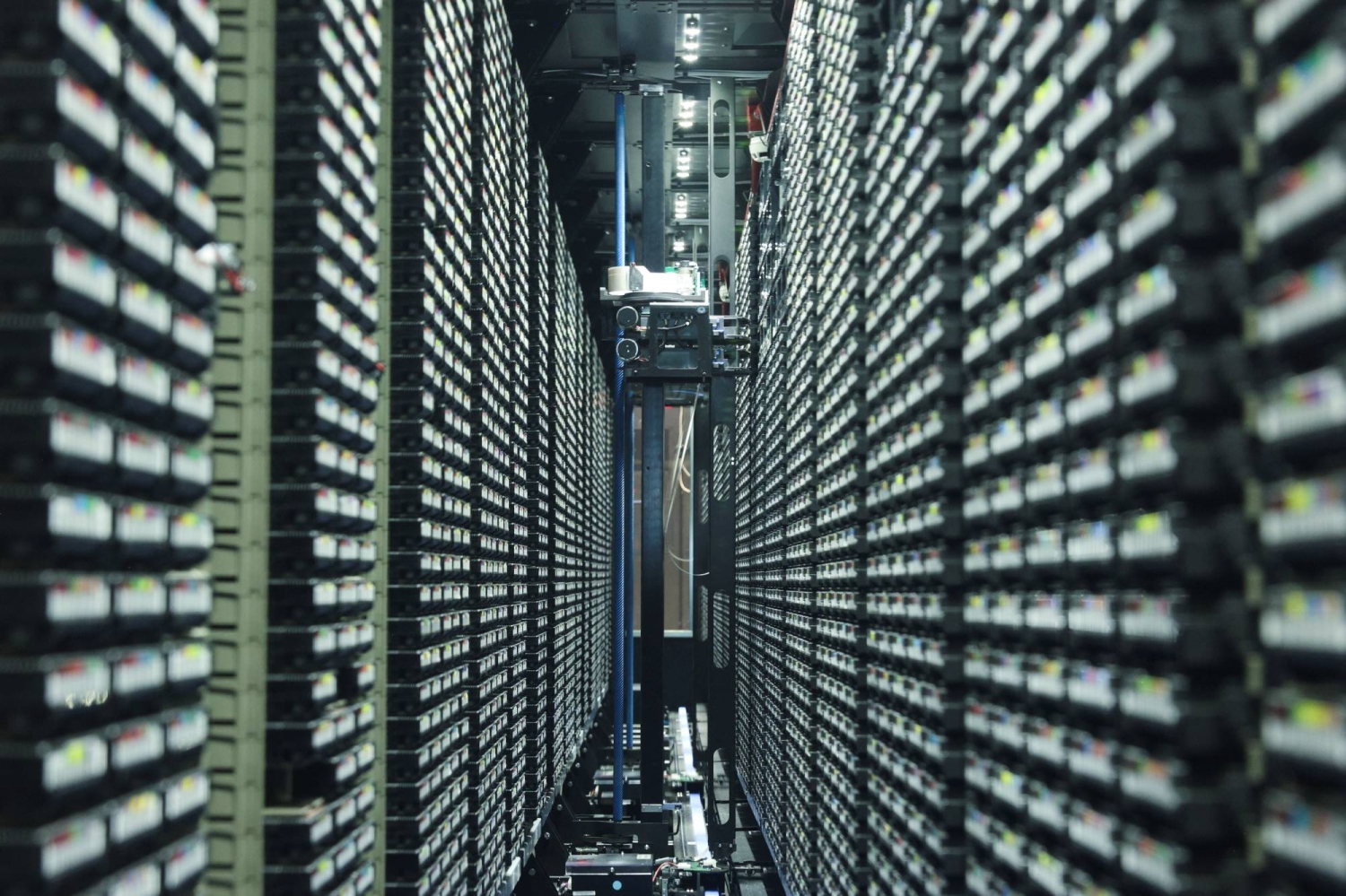The rise of generative artificial intelligence is causing a massive surge in electricity consumption by data centers around the world, with such centers projected to consume 3% of global energy by 2030 if current trends continue, according to the International Energy Agency. And that is almost certainly going to hold true in Japan, the premier data center destination in Asia.
Japan’s current industrial strategy centers around courting AI firms and chipmakers to build data centers and semiconductor plants in the nation, with the giant new Taiwan Semiconductor Manufacturing Company (TSMC) factories in Kumamoto Prefecture being a prime example. At the same time, Japan has pledged to be carbon neutral by 2050 and is bidding to decarbonize an energy sector that is still heavily reliant on fossil fuels.
Indeed, Japan has a relatively low adoption rate for renewables, as they made up around 22% of the nation’s electricity generation in 2022. That means, for now, increases in electricity consumption are directly tied to increased carbon emissions.
So whether its environmental and industrial goals are compatible remains to be seen. While some experts believe that improved efficiencies might mitigate increases in energy consumption, others say the incoming rise in data centers — and the strategy for handling their huge energy loads — could have major effects on both the country’s standing in the fight against climate change and its industrial competitiveness on the world stage.
Data center boom
Japan is in the midst of a data center-building boom: Out of Japan’s 275 publicly listed data centers, some 20% of them have opened in the last decade alone. Just this year, new large-scale data centers were launched or announced in Tokyo by Princeton Digital Group, Equinix, and DayOne, and in Fukuoka by Asia Pacific Land.
“Many data centers have been built around Japan in the last few
Continue Reading on The Japan Times
This preview shows approximately 15% of the article. Read the full story on the publisher's website to support quality journalism.
